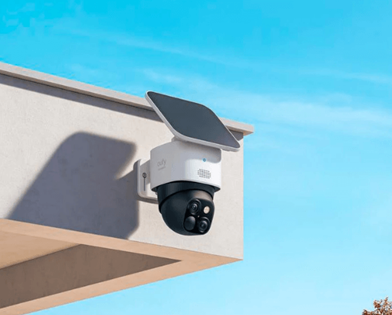All the sessions from Transform 2021 are available on-demand now.
Watch now.
Goodbye to another
ultra-wideband company
.
Tzero Technologies
has shut down its business of making wireless chips for transferring high-speed video from one consumer electronics device to another,
according to an EE Times report
.
We’ve been expecting this ever
since troubles began in November with the shutdown of the biggest firm in the industry
.
The company joins a shakeout in UWB that has claimed WiQuest and Focus Enhancements. Artimi merged with Staccato. UWB started with much fanfare as a way to get rid of wires between consumer devices and an easy way to move high-definition video around the home.
But the promised high-speed data transfer wasn’t as fast as expected. Intel was also once developing a UWB chip set but abandoned that project in favor of investing in UWB startups. Linley Gwennap, an analyst at the Linley Group, told us in November that you can probably stick a fork in this technology now.
Webinar
Three top investment pros open up about what it takes to get your video game funded.
Watch On Demand
One of the problems was that the companies that led with the technology tried to get other companies to back their version of a standard. But a standard battle erupted that took several years to resolve with Intel, Texas Instruments and Staccato on one side and Freescale and others on the other. The WiMedia standard was only adopted at the end of 2005.

The first chips came out two years ago, but they were expensive solutions requiring two or three chips. And in reality, those chip sets transmitted data far below the theoretical speeds. Market researcher In-stat said only 100,000 or so UWB chip sets shipped in 2007, with the figure expected to grow to 190 million by 2012. Products that have hit the market include a wireless USB adapter from Kensington.
The slower-than-promised chips were a disappointing outcome for a technology that had been promised for more than a decade. The Federal Communications Commission started looking at proposals for the use of air waves for UWB technology in 1998. It finalized its ruling in 2002.
It allowed companies to use a broad frequency range of 3.1 gigahertz to 10.7 gigahertz of the wireless spectrum, but it limited the range to 10 meters or so in order to ensure there was no interference with police, fire or military radios. The first low-frequency chips did run into interference, so now the new chips are focusing on 6-gigahertz and up.
Now we will see if the industry moves on to something new, such as
Amimon’s WHDI standard
for high-speed data transfer over the 5-gigahertz spectrum or
SiBEAM’s 60-gigahertz solution
.
GamesBeat
GamesBeat's creed when covering the game industry is "where passion meets business." What does this mean? We want to tell you how the news matters to you -- not just as a decision-maker at a game studio, but also as a fan of games. Whether you read our articles, listen to our podcasts, or watch our videos, GamesBeat will help you learn about the industry and enjoy engaging with it.
How will you do that? Membership includes access to:
Newsletters, such as DeanBeat
The wonderful, educational, and fun speakers at our events
Networking opportunities
Special members-only interviews, chats, and "open office" events with GamesBeat staff
Chatting with community members, GamesBeat staff, and other guests in our Discord
And maybe even a fun prize or two
Introductions to like-minded parties
Become a member









